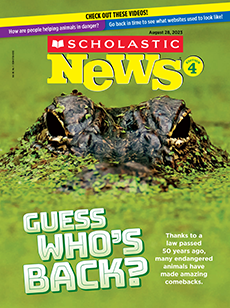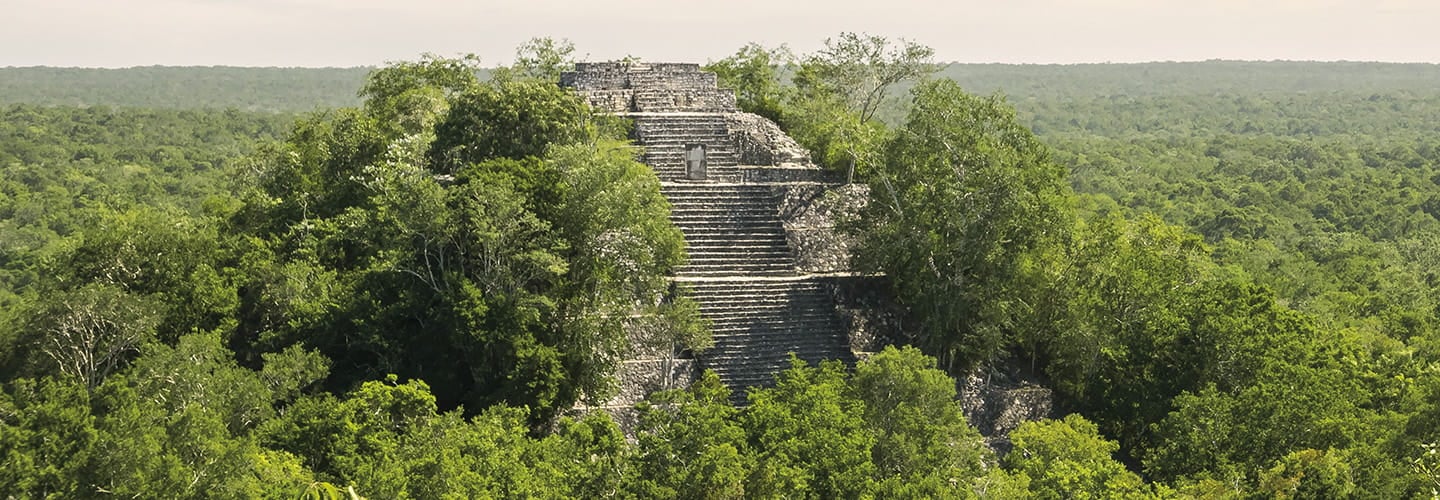Ancient secrets are hidden in the rainforests of Mexico. Cities filled with homes, palaces, and temples once stood there. They belonged to the Maya people, who formed a great ancient civilization. But those cities were abandoned more than a thousand years ago. In the centuries since, they were swallowed by the thick trees of the rainforest.
Last October, scientists announced that they had discovered one of those lost cities in the Mexican state of Campeche (kahm-PAY-chay). Most Maya ruins are buried deep in the wilderness. The newly found site is located just minutes from a busy town.
“It wasn’t deep in the jungle, it was just a stone’s throw from the road,” says Luke Auld-Thomas. He’s the scientist who realized the ruins were there.
Experts say there are likely many more Maya ruins waiting to be found.

